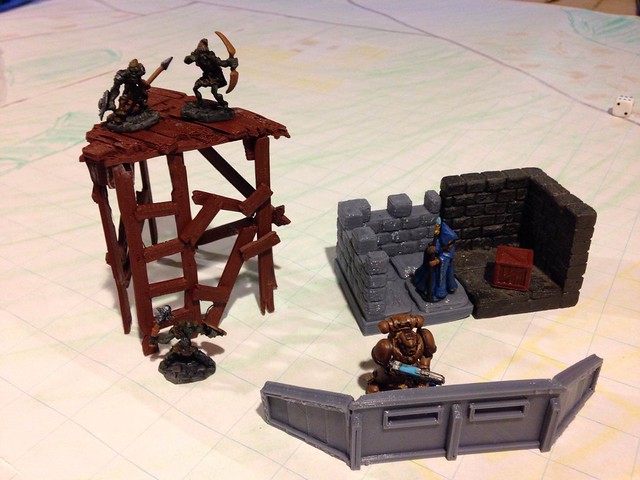bronzeFill is a new filament developed by ColorFabb, a lovely manufacturer of high-end filaments in The Netherlands*. bronzeFill is a PLA filament that has been mixed liberally with bronze dust. That means it melts at PLA temps (190-220C) instead of bronze temps (~950C). It also means that the end result that comes out of your printer can be, with a little post-processing, very metal-like in appearance.
It’s a softer filament and it’s a bit oozy compared to other PLA, but not so oozy that I have needed to adjust my retraction settings. I’m going to sand the shit out of whatever I print it in, so a bit of stringing is not the end of the world.





